Home>Garden Essentials>When To Plant Zoysia Grass Seed
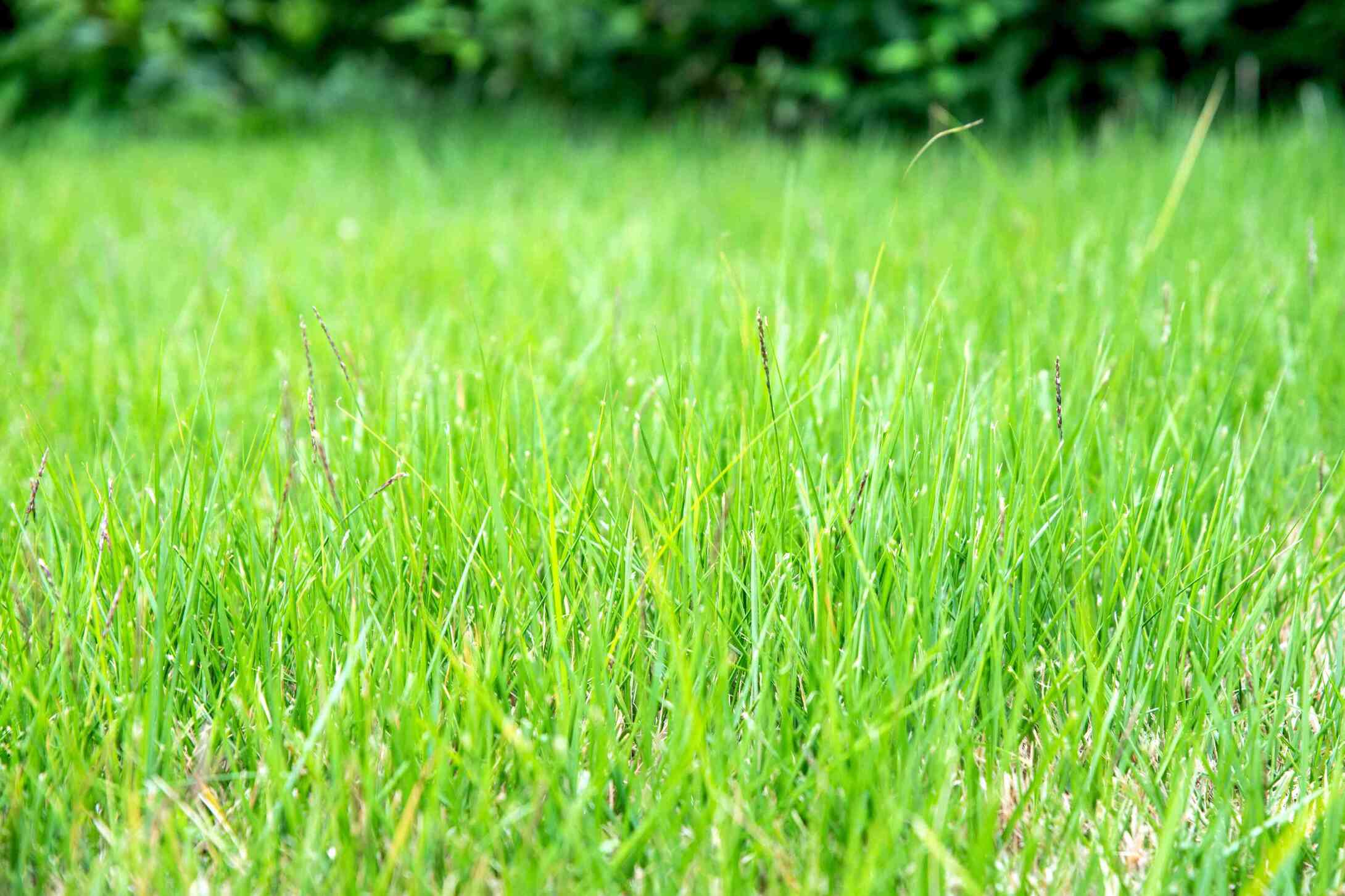

Garden Essentials
When To Plant Zoysia Grass Seed
Modified: April 22, 2024
Looking to plant zoysia grass seed in your garden? Learn the best time to do so and ensure a lush and vibrant lawn.
(Many of the links in this article redirect to a specific reviewed product. Your purchase of these products through affiliate links helps to generate commission for Storables.com, at no extra cost. Learn more)
Introduction
Welcome to the wonderful world of gardening! If you’re looking to transform your outdoor space into a lush green oasis, one of the best ways to do so is by planting zoysia grass seed. Zoysia grass is a warm-season grass that is known for its durability, low maintenance requirements, and stunning appearance. Whether you’re a seasoned gardener or a novice looking to embark on a new landscaping project, understanding when and how to plant zoysia grass seed is essential for achieving successful results.
Native to East Asia, zoysia grass has become a popular choice for lawns, parks, and golf courses around the world. Its ability to thrive in a variety of climatic conditions, including hot and humid regions, makes it a versatile grass option for many homeowners. With its dense mat-like growth, zoysia grass provides exceptional weed resistance and durability, making it perfect for high-traffic areas.
Not only does zoysia grass offer practical benefits, but it also adds aesthetic value to your garden. Its vibrant green color and fine leaf texture create a lush and inviting atmosphere. Whether you’re seeking a uniform lawn or incorporating it as a border plant or ground cover, zoysia grass can transform any outdoor space into a stunning masterpiece.
However, before jumping straight into planting zoysia grass seed, there are a few factors you should consider. Understanding the ideal planting time, soil requirements, and proper care techniques will greatly increase your chances of success. So let’s dive into the details and learn more about the benefits of planting zoysia grass, as well as the steps to take to ensure a thriving lawn.
Key Takeaways:
- Plant zoysia grass seed in late spring or early summer for optimal growth. Ensure well-draining soil, ample sunlight, and regular watering to establish a lush and resilient lawn.
- Care for zoysia grass seedlings by providing consistent moisture, proper mowing, and vigilant pest control. Address common issues like poor germination, disease, and weed infestation for a healthy and vibrant lawn.
Read more: When To Plant Zoysia Seeds
Understanding Zoysia Grass
Before diving into the planting process, it’s crucial to have a good understanding of zoysia grass. Originating from East Asia, zoysia grass belongs to the Poaceae family and is known for its excellent heat and drought tolerance. There are several zoysia grass varieties available, with the most common ones being Zoysia japonica, Zoysia matrella, and Zoysia tenuifolia.
Zoysia grass has a distinctive growth pattern characterized by a dense, spreading growth habit. It forms a thick mat-like carpet of grass that can tolerate heavy foot traffic and recover quickly from damage. This makes it an ideal choice for lawns, sports fields, and golf courses where durability is paramount.
One of the standout features of zoysia grass is its ability to withstand various environmental conditions. It thrives in full sun but can also tolerate partial shade, making it suitable for a range of locations. Additionally, zoysia grass has excellent tolerance to heat, drought, and salt, making it adaptable to coastal regions.
Another notable characteristic of zoysia grass is its low maintenance requirements. Once established, it has a slow growth rate, reducing the need for frequent mowing. Unlike some other grass types, zoysia grass requires less water and fertilizer, making it a cost-effective and eco-friendly choice.
In addition to its practical benefits, zoysia grass is aesthetically appealing. It features a fine leaf texture and displays a lush, vibrant green color. This adds a touch of elegance to any landscape design and creates a visually pleasing backdrop for your outdoor activities.
Overall, understanding the unique qualities of zoysia grass is essential for successfully growing and maintaining it. Whether you’re looking to create a resilient lawn or enhance the appeal of your outdoor space, zoysia grass is an excellent choice that combines functionality and beauty.
Benefits of Planting Zoysia Grass
When it comes to selecting the right type of grass for your lawn, zoysia grass offers a multitude of benefits that make it a top choice for homeowners and landscapers alike. Let’s explore some of the key advantages of planting zoysia grass:
- Durability: Zoysia grass is renowned for its durability and ability to withstand heavy foot traffic. Whether you have children, pets, or frequently host outdoor gatherings, zoysia grass can handle the wear and tear, remaining resilient and lush.
- Low Maintenance: Unlike some other grass varieties that require constant upkeep, zoysia grass is low maintenance once established. It has a slow growth rate, meaning less frequent mowing is necessary. This not only saves you time and effort but also reduces the need for watering and fertilizing.
- Heat and Drought Tolerance: Zoysia grass exhibits exceptional heat and drought tolerance, making it a suitable choice for regions with hot and dry climates. It can withstand prolonged periods of heat and still maintain its lush appearance.
- Weed Resistance: The dense growth habit of zoysia grass helps prevent weed growth. Its thick mat-like structure chokes out unwanted weeds, reducing the need for weed control measures.
- Resilience: Even if your zoysia grass lawn suffers damage, such as from heavy machinery or extreme weather conditions, it has the ability to recover quickly. The rhizomatous growth nature of zoysia grass allows it to repair itself, ensuring a beautiful and healthy lawn.
- Aesthetically Pleasing: Zoysia grass features a fine leaf texture and vibrant green color, giving your lawn a visually appealing and attractive look. It provides a lush and inviting backdrop for your outdoor activities and enhances the overall aesthetic of your landscape.
- Adaptability: Zoysia grass can adapt to a range of soil types and pH levels. Whether you have sandy, clay, or loamy soil, zoysia grass can thrive and flourish. It also has good salt tolerance, making it suitable for coastal areas.
With its combination of durability, low maintenance, and aesthetic appeal, planting zoysia grass can significantly enhance the beauty and functionality of your outdoor space. Whether you’re looking to create a stunning backyard, a golf course, or a sports field, zoysia grass is a top choice that ticks all the boxes.
Factors to Consider before Planting Zoysia Grass Seed
Before diving into the planting process, there are several important factors to consider to ensure the success of your zoysia grass seed. Taking these factors into account will help you properly prepare the soil and provide the optimal conditions for your grass to thrive. Here are some key considerations:
- Climate: Zoysia grass is a warm-season grass and thrives best in areas with a hot and humid climate. It can handle high temperatures and withstand drought conditions. If you live in a region with cool winters or extended periods of cold weather, consider the hardiness zone recommendations for the specific zoysia grass variety you are planting.
- Sunlight: Zoysia grass requires ample sunlight to grow and thrive. Ensure that the area you plan to plant receives at least six to eight hours of direct sunlight per day. Avoid areas with heavy shade, as zoysia grass may struggle to grow and develop properly in such conditions.
- Soil Quality: Zoysia grass prefers well-draining soil with a pH range of 6 to 7.5. Conduct a soil test to determine the pH level and nutrient content of your soil. If necessary, make amendments to improve poor soil quality or adjust the pH level to the optimal range for zoysia grass. Incorporating organic matter, such as compost or aged manure, can help improve soil structure and fertility.
- Watering Needs: While zoysia grass is drought-tolerant, it still requires regular watering, especially during the establishment phase. Consider the availability of water in your area and establish a proper irrigation system to ensure consistent moisture levels. Water deeply but infrequently to encourage deep root growth and avoid overwatering, which can lead to disease or shallow root development.
- Weed Control: Before planting zoysia grass seed, take the necessary steps to control existing weeds. Remove any weeds from the planting area manually or use herbicides as needed. This will prevent competition for nutrients and water, allowing your zoysia grass seed to establish itself without interference.
- Time and Effort: Zoysia grass requires time and effort for proper establishment and maintenance. Keep in mind that it takes longer to establish zoysia grass from seed compared to sod or plugs. Be prepared to invest the necessary time and effort into watering, fertilizing, and mowing during the initial stages of growth.
Considering these factors before planting zoysia grass seed will set a solid foundation for its growth and ensure better results in the long run. By understanding the specific requirements of zoysia grass and adapting to your local conditions, you can create a thriving and beautiful lawn that will be the envy of the neighborhood.
Best Time to Plant Zoysia Grass Seed
Timing is crucial when it comes to planting zoysia grass seed. Choosing the right season to plant will greatly impact the success and establishment of your lawn. Generally, the best time to plant zoysia grass seed is during the late spring or early summer. Here’s why:
Warm Soil Temperature: Zoysia grass thrives in warm soil conditions. By planting in late spring or early summer, you ensure that the soil has had enough time to warm up, providing optimal conditions for seed germination and root development. The warm soil enables the seeds to establish quickly and allows for faster growth.
Avoiding Cold Weather: Zoysia grass is susceptible to cold temperatures and can go dormant or turn brown during winter months. By planting in late spring or early summer, you give the grass seedlings enough time to establish before the onset of winter, reducing the risk of damage or poor growth. It’s important to note that zoysia grass seedlings need at least 60 days of warm weather to establish properly.
Adequate Moisture: Planting during late spring or early summer ensures that there is typically an increased amount of rainfall. The combination of warm soil and ample moisture encourages seed germination and initial growth. However, it’s important to provide supplemental watering as needed to keep the soil consistently moist during the establishment phase.
Healthy Growth Period: By planting in late spring or early summer, you take advantage of the active growth period for warm-season grasses, like zoysia grass. This period provides the seedlings with ample time to establish roots and develop a strong foundation before facing any potential stress from heat or drought during the summer months.
While late spring to early summer is generally the optimal time for planting zoysia grass seed, it’s important to consider your local climate and growing conditions. If you live in a region with a different climate pattern, it’s best to adjust the planting time accordingly. Consulting with local garden centers or extension offices can provide specific recommendations for your area.
Remember that proper soil preparation, regular watering, and maintenance are essential for successful establishment, regardless of the planting time. By choosing the right season and following the proper care guidelines, you can ensure a healthy and vibrant zoysia grass lawn that will be the envy of your neighbors.
Zoysia grass seed should be planted in late spring or early summer when the soil temperature is consistently above 70°F. This will give the seeds the best chance to germinate and establish a strong root system before winter.
Read more: When To Plant Zoysia Grass Plugs
Preparing the Soil for Planting
Proper soil preparation is a fundamental step in ensuring the successful establishment and growth of zoysia grass. Taking the time to prepare the soil before planting will create an optimal environment for seed germination and root development. Here are the key steps to follow when preparing the soil for planting zoysia grass:
- Test the Soil: Before starting any soil preparation, it’s important to conduct a soil test. This will provide valuable information about the pH level and nutrient content of your soil. A pH level between 6 and 7.5 is ideal for zoysia grass. If the pH is outside of this range, you may need to adjust it using lime for acidic soil or sulfur for alkaline soil.
- Remove Weeds and Debris: Clear the area of any existing weeds, grass, or debris. This can be done by hand or using a garden rake or weed trimmer. Removing these unwanted elements will prevent competition for nutrients and space, allowing your zoysia grass seed to establish without interference.
- Till the Soil: Use a rotary tiller or garden fork to loosen the top 4-6 inches of soil. This will help improve soil aeration, drainage, and root penetration. Break up any large clumps of soil and remove rocks or other obstructions that could hinder the growth of the grass seedlings.
- Amend the Soil: Depending on the results of your soil test, you may need to amend the soil to improve its fertility and structure. Add organic matter, such as compost or aged manure, to enrich the soil with essential nutrients and improve its water-holding capacity. Work the organic matter into the soil evenly to ensure proper distribution.
- Level the Soil: Use a garden rake or leveling tool to even out the soil surface. This will help prevent water pooling and ensure a uniform growth of the zoysia grass. Fill in any low areas and smooth out any bumps or uneven spots to create a flat and level surface for planting.
- Water the Soil: Before planting the zoysia grass seed, thoroughly water the prepared soil to ensure it is moist but not waterlogged. This will provide a favorable environment for seed germination. It’s important to maintain consistent moisture throughout the establishment phase, so monitor the soil moisture levels and water as needed.
By following these steps to prepare the soil, you create the ideal foundation for your zoysia grass seed. Proper soil preparation will allow for better seed-to-soil contact, improve nutrient availability, and promote healthy root development. Remember to always follow the specific guidelines provided by the seed manufacturer or consult with local experts for region-specific recommendations.
With a well-prepared soil, you are now ready to proceed with planting the zoysia grass seed and starting your journey towards a lush and beautiful lawn.
How to Plant Zoysia Grass Seed
Planting zoysia grass seed requires careful preparation and attention to detail. Follow these steps to ensure successful seed germination and establishment:
- Select High-Quality Seed: Choose high-quality zoysia grass seed from a reliable supplier. Opt for a seed variety that is well-suited to your climate and growing conditions. Read the seed packaging for specific instructions and recommended planting rates.
- Prepare the Seedbed: Rake the prepared soil to create a smooth, level surface. Remove any debris, rocks, or clumps that may interfere with seed growth. A fine, firm seedbed provides the best conditions for seed-to-soil contact.
- Sow the Seed: Spread the zoysia grass seed evenly over the prepared seedbed using a broadcast spreader or by hand. Follow the recommended seeding rate provided by the seed manufacturer. Avoid overseeding, as this can lead to poor germination and competition among seedlings.
- Lightly Rake and Roll: After sowing the seed, use a garden rake to lightly rake the area to ensure good seed-to-soil contact. This will help the seeds establish their roots. Alternatively, you can use a lawn roller to gently press the seeds into the soil.
- Water the Seeded Area: Immediately after planting, thoroughly water the seeded area. Use a gentle spray or misting setting to avoid displacing the seeds. Ensure the soil is consistently moist during the germination and establishment period. Light, frequent watering is better than heavy, infrequent watering.
- Maintain Proper Moisture: Monitor the soil moisture levels and adjust watering accordingly. The top inch of soil should remain consistently moist until the seeds germinate. Avoid overwatering, as excessive moisture can lead to disease and shallow root growth. Gradually reduce watering once the grass seedlings have established and the roots have developed.
- Provide Adequate Nutrition: Apply a starter fertilizer specifically formulated for new seedlings. Follow the manufacturer’s instructions and avoid excessive application, as this can damage the young plants. Regularly fertilize the zoysia grass according to a proper schedule, taking into account your soil’s nutrient requirements.
- Mow Carefully: Once the zoysia grass has reached a height of around 2-3 inches, it’s time for the first mowing. Set the mower at a higher setting initially to avoid removing too much of the leaf blade and stressing the young grass. As the grass establishes, gradually lower the cutting height to the desired level.
- Monitor and Maintain: Keep an eye on the developing lawn and address any issues promptly. Regularly check for pests, diseases, and weed growth. Follow proper lawn care practices, such as regular mowing, irrigation, and fertilization, to maintain a healthy and vibrant zoysia grass lawn.
Remember, patience is key during the establishment phase. It may take several weeks for the zoysia grass seeds to germinate, and it will take time for your lawn to reach its full potential. With proper care and maintenance, you can enjoy a beautiful, lush zoysia grass lawn that will be the envy of the neighborhood.
Caring for Zoysia Grass Seedlings
Proper care during the early stages of growth is essential for the healthy establishment of zoysia grass seedlings. By providing the right care and attention, you can ensure that your zoysia grass lawn develops into a thriving and beautiful green space. Here are some key tips for caring for zoysia grass seedlings:
- Watering: Maintain consistent soil moisture during the germination and establishment period. Water the seeded area lightly and frequently to keep the top inch of soil moist. Avoid overwatering, as it can lead to shallow root development and disease. Gradually reduce watering once the seedlings have established, but continue to provide sufficient moisture during dry spells.
- Mowing: Begin mowing the zoysia grass lawn once it reaches a height of around 2-3 inches. Set the mower at a higher setting initially to avoid cutting the grass too short. As the grass seedlings mature, gradually lower the cutting height to the desired level. Regular mowing helps promote a dense and uniform lawn while controlling weed growth.
- Fertilizing: Apply a starter fertilizer specifically formulated for new seedlings to provide essential nutrients for healthy growth. Follow the manufacturer’s instructions for proper application. As the seedlings develop, establish a regular fertilization schedule to maintain optimal nutrient levels and promote strong root development.
- Weed Control: Keep an eye out for weeds and address them promptly. Manual removal or spot treatment with an appropriate herbicide can help control weed growth without harming the zoysia grass seedlings. Avoid applying herbicides until the grass has fully established, as young seedlings can be more sensitive to chemical treatments.
- Pest and Disease Management: Monitor the zoysia grass seedlings for any signs of pest or disease infestation. Common pests to watch out for include armyworms, grubs, and chinch bugs. Disease issues may include brown patch or dollar spot. Consult with local experts or extension offices for proper identification and treatment options if needed.
- Avoid Heavy Traffic: During the early stages of growth, zoysia grass seedlings are delicate and vulnerable. Minimize foot traffic and other activities that can damage or disturb the young plants. Avoid placing heavy objects or equipment on the lawn until the grass has matured and established a strong root system.
- Regular Maintenance: Once the zoysia grass seedlings have matured and established a healthy lawn, continue a regular maintenance routine. This includes regular mowing, fertilization, and irrigation to keep the lawn looking its best. Maintain a proper mowing height, follow the recommended fertilization schedule, and provide adequate irrigation based on weather conditions and soil moisture levels.
By following these care guidelines, you will provide the necessary nourishment and attention to your zoysia grass seedlings, ensuring a healthy and vibrant lawn. It’s important to note that establishing zoysia grass from seed can take time, so be patient and consistent with your care routine. Soon, you will be rewarded with a lush, dense, and resilient zoysia grass lawn that you can enjoy for years to come.
Common Issues and Troubleshooting
While zoysia grass is known for its durability and low maintenance requirements, it can still encounter some common issues. Identifying these problems early on and taking appropriate measures will help ensure the health and vitality of your zoysia grass lawn. Here are some common issues you may encounter and ways to troubleshoot them:
- Poor Germination: If you notice patchy or uneven growth or a lack of germination, it may be due to factors such as improper soil preparation, incorrect watering, or low-quality seed. Ensure that you have prepared the soil properly, provided adequate moisture, and used high-quality zoysia grass seed. Consider overseeding the bare spots or reseeding the entire area if necessary.
- Disease: Common diseases that can affect zoysia grass include brown patch and dollar spot. These fungal infections typically thrive in warm and humid conditions. To prevent disease, avoid overwatering, promote good airflow, and practice proper mowing techniques. If disease is present, treat with a suitable fungicide as directed by a professional or refer to local resources for specific recommendations.
- Weed Infestation: Weeds can compete with zoysia grass for resources and hinder its growth. Regularly inspect your lawn for any weed growth and remove them manually or use an appropriate herbicide. Take preventive measures such as maintaining proper lawn care practices, including regular mowing, fertilizing, and overseeding as needed, to promote a dense and healthy zoysia grass lawn that can outcompete weeds.
- Insect Damage: Common insect pests for zoysia grass include armyworms, grubs, and chinch bugs. Monitor your lawn for signs of infestation, such as brown patches or thinning areas. Consult with local experts or extension offices to identify the specific pests and develop a suitable treatment plan, which may involve insecticides or biological controls.
- Poor Soil Drainage: If your zoysia grass lawn is consistently waterlogged or has poor drainage, it can lead to root rot and other drainage-related issues. Improving soil drainage can be achieved by amending the soil with organic matter, incorporating drainage tiles, or creating gentle slopes to redirect water away from the lawn. If necessary, consult with a professional landscaper for assistance with soil drainage improvements.
- Thatch Buildup: Thatch is a layer of accumulated organic debris that can build up between the soil and the grass blades. Excessive thatch can prevent water and nutrients from reaching the roots of zoysia grass, leading to weak growth. To prevent thatch buildup, avoid excessive fertilizer use, maintain proper mowing heights, and dethatch the lawn periodically using a rake or dethatching machine.
Regular inspection and proactive lawn care practices are key to addressing these common issues. By implementing proper lawn care techniques, identifying problems early on, and taking appropriate measures, you can maintain a healthy and vibrant zoysia grass lawn.
If you are unsure about specific issues or need professional guidance, it is always recommended to consult with local experts or extension offices who have a deep understanding of your region’s climate and conditions. They can provide tailored advice and help you troubleshoot any problems you may encounter with your zoysia grass lawn.
Read more: When To Plant Zoysia Grass
Conclusion
Congratulations on your journey to establish a beautiful zoysia grass lawn! By understanding the unique qualities of zoysia grass, considering the optimal planting time, and properly preparing the soil, you have taken important steps towards success. Now, armed with the knowledge of how to plant zoysia grass seed and care for the seedlings, you are well-equipped to create a lush and vibrant lawn that will enhance the beauty of your outdoor space.
Zoysia grass offers numerous benefits, including its durability, low maintenance requirements, and aesthetic appeal. Its ability to withstand heavy foot traffic, resist weeds, and recover quickly from damage makes it an ideal choice for various landscaping projects. Additionally, its vibrant green color and fine leaf texture create a visually appealing and inviting atmosphere.
Remember to follow proper lawn care practices, including regular watering, mowing, fertilizing, and pest management. Monitor your lawn for any issues that may arise, such as poor germination, disease, weed infestation, or drainage problems. By addressing these issues early on and taking appropriate actions, you can ensure a healthy and thriving zoysia grass lawn.
Be patient and consistent with your lawn care routine, as it may take some time for your zoysia grass seedlings to establish and reach their full potential. Keep in mind that each lawn is unique, and adjustments may be required to suit your specific growing conditions and local climate.
Finally, don’t forget to enjoy the process of nurturing and maintaining your zoysia grass lawn. Take pride in creating a green space that not only enhances the beauty of your home but also provides a place for relaxation and outdoor activities.
Now, armed with the knowledge and guidance provided in this article, it’s time to step out and begin your journey towards a thriving zoysia grass lawn. Embrace the joy of gardening and witness the transformation of your outdoor space into a lush and inviting haven.
Frequently Asked Questions about When To Plant Zoysia Grass Seed
Was this page helpful?
At Storables.com, we guarantee accurate and reliable information. Our content, validated by Expert Board Contributors, is crafted following stringent Editorial Policies. We're committed to providing you with well-researched, expert-backed insights for all your informational needs.
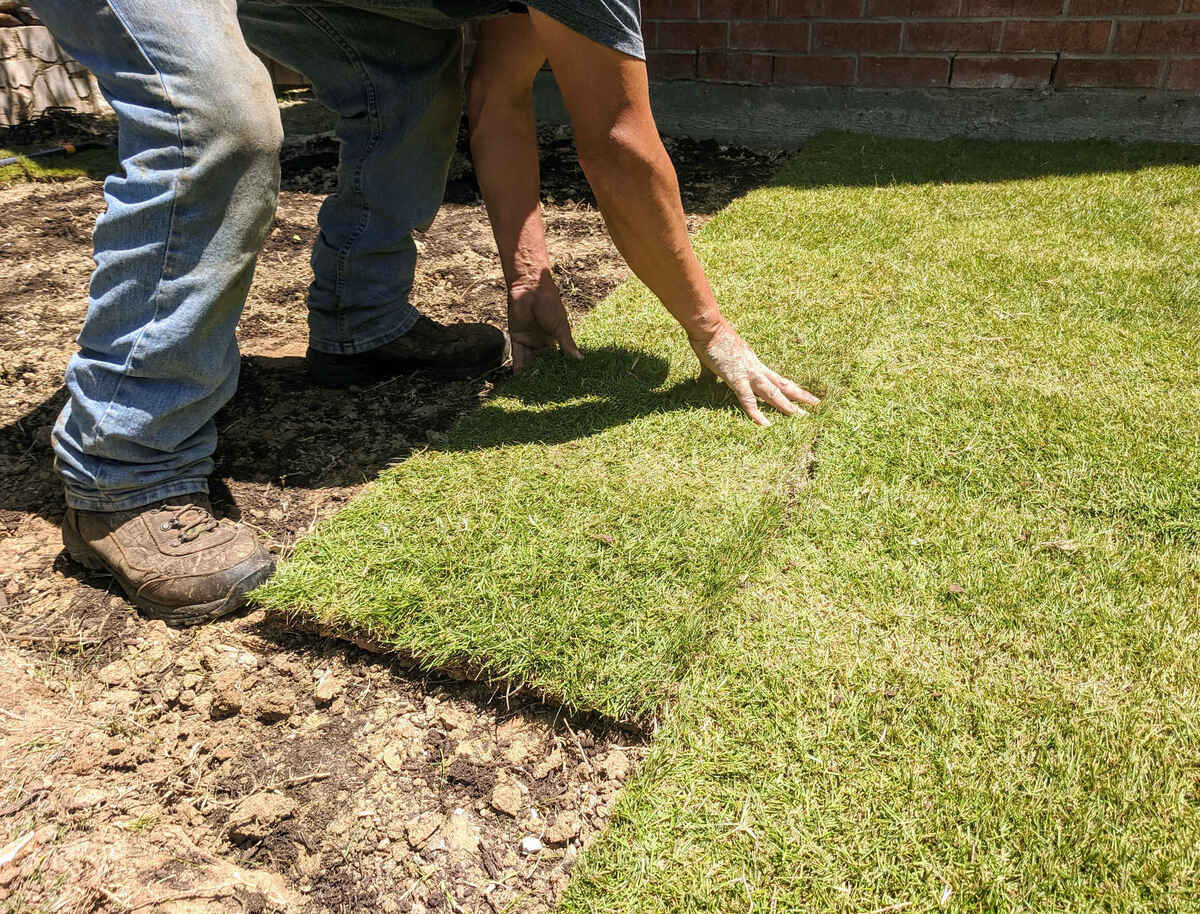
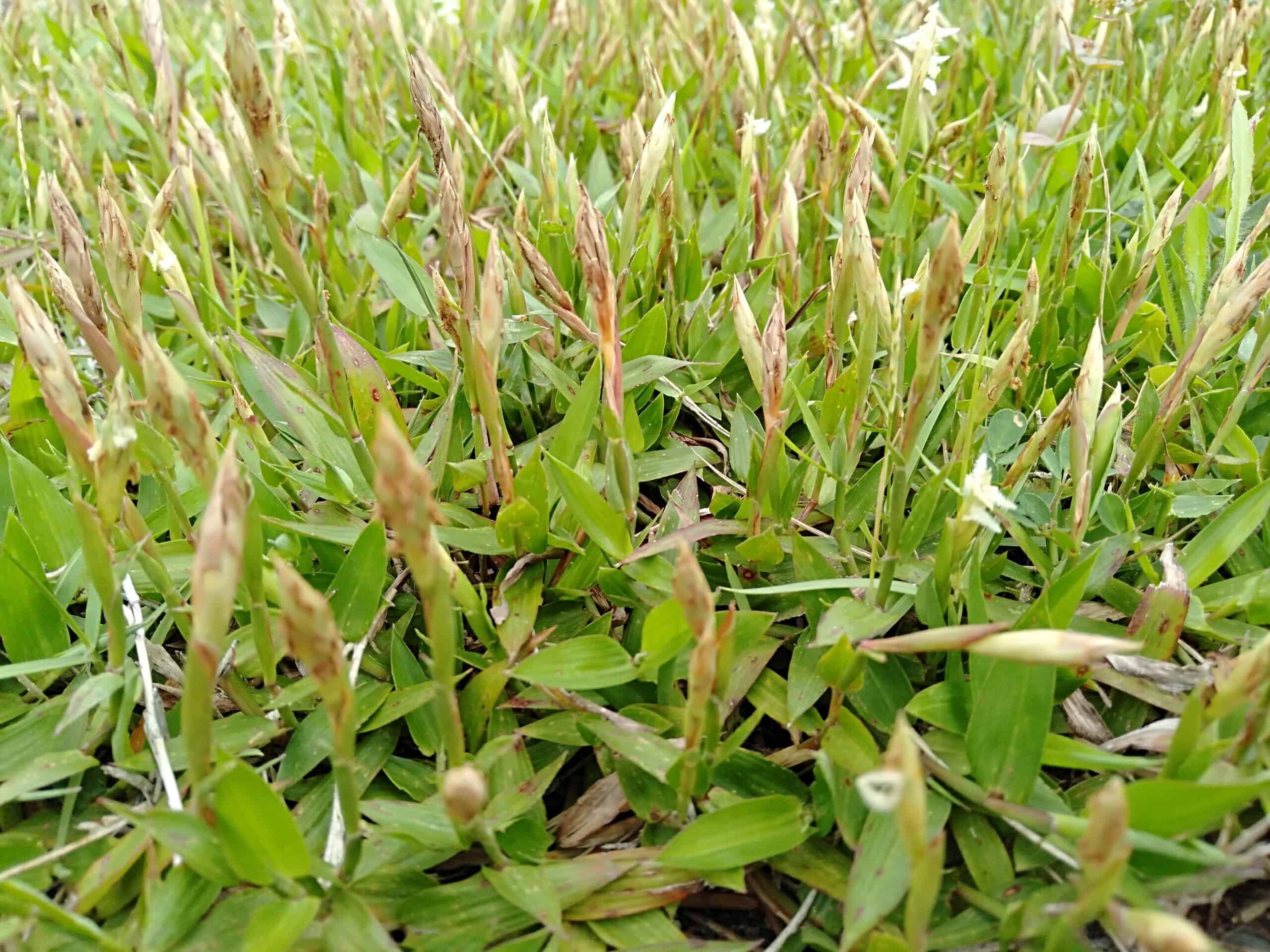
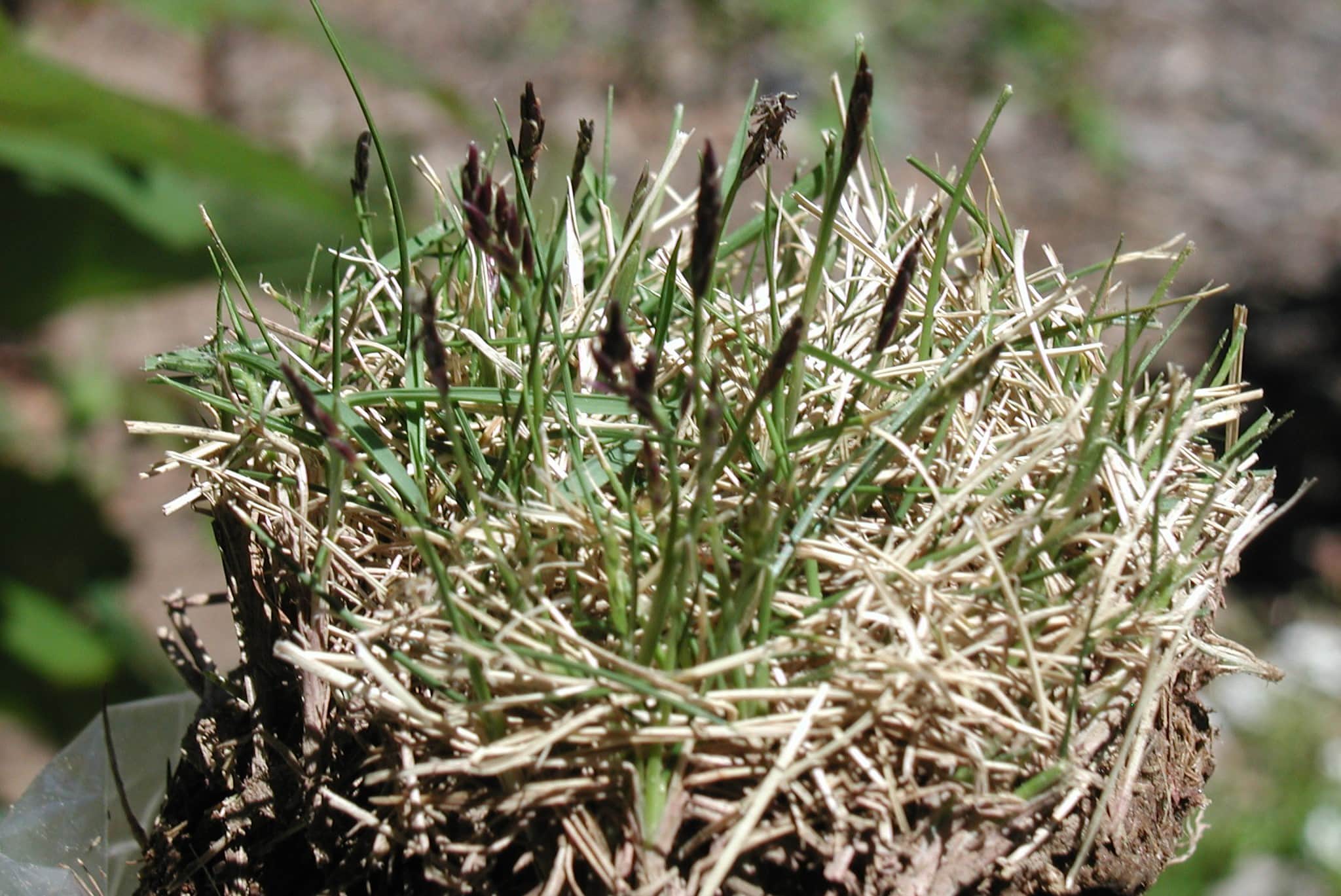
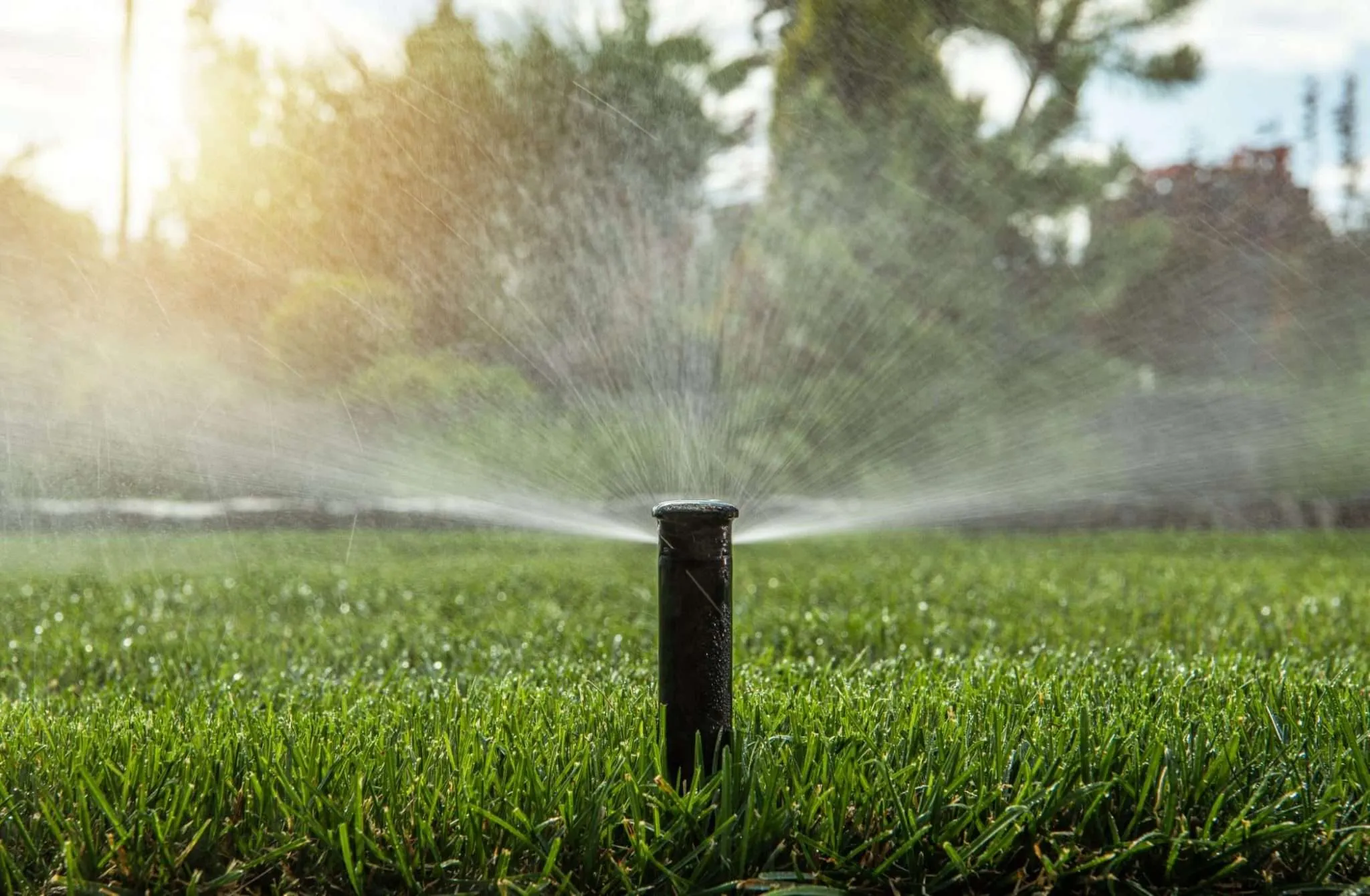
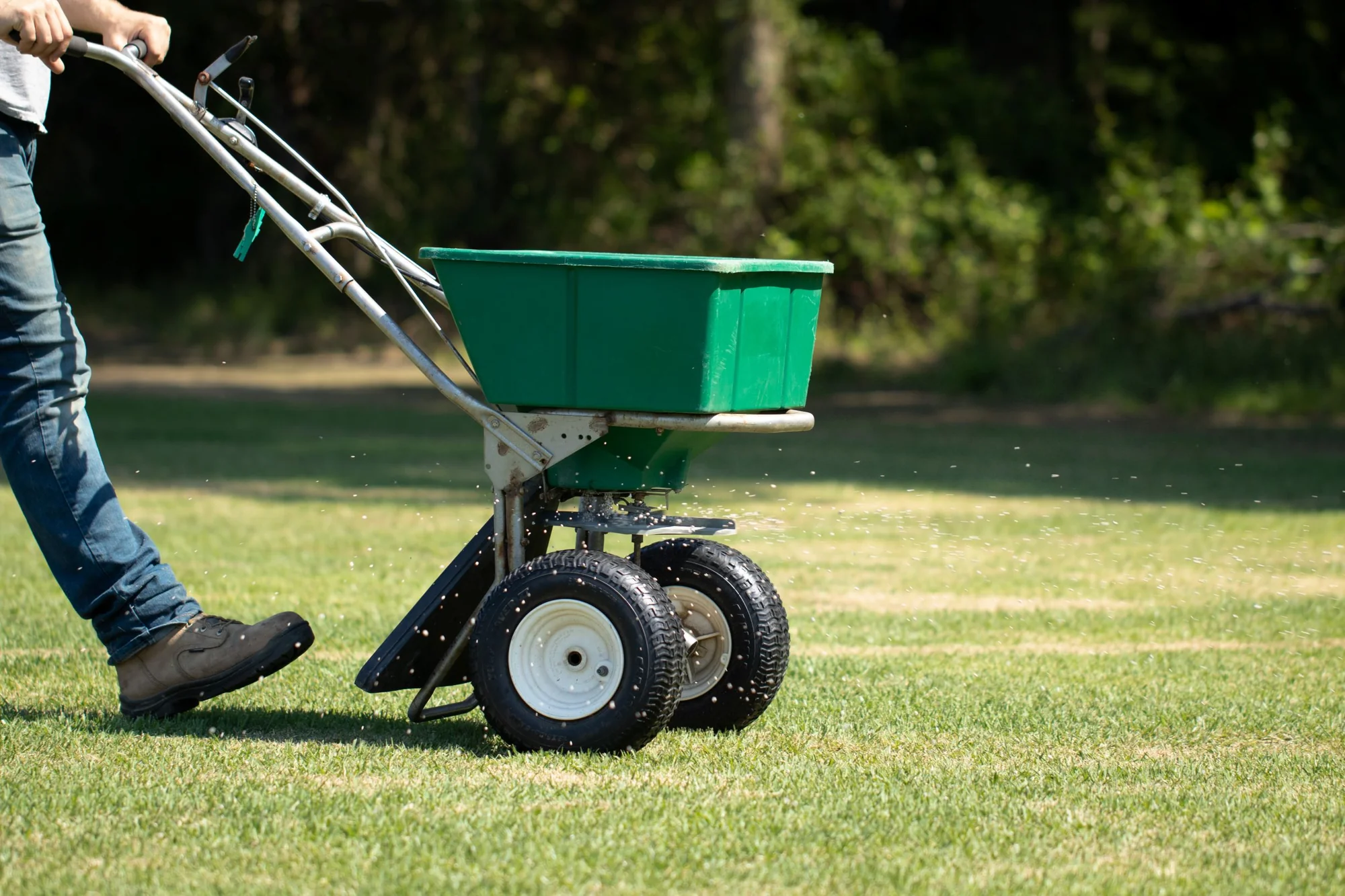
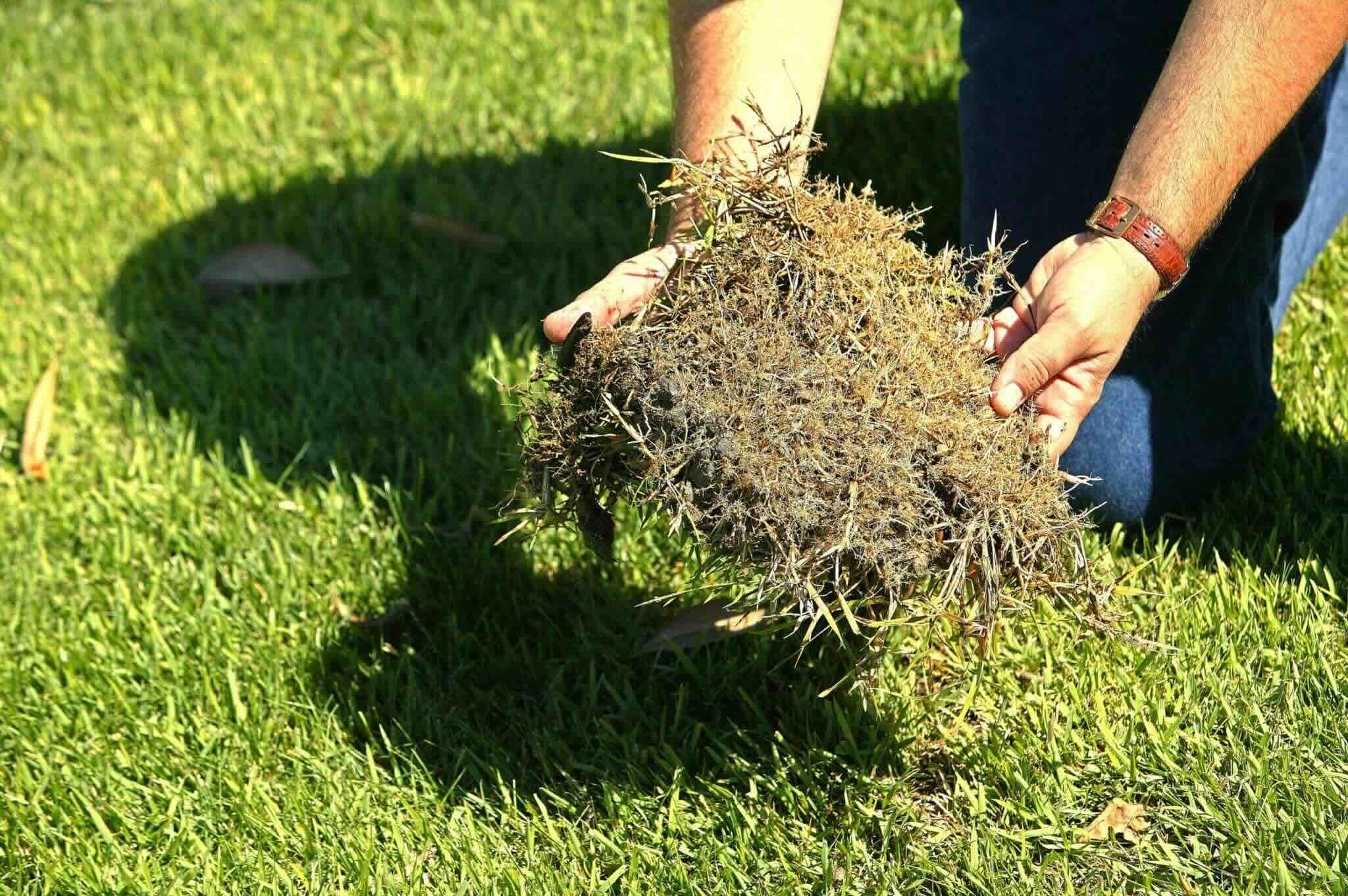
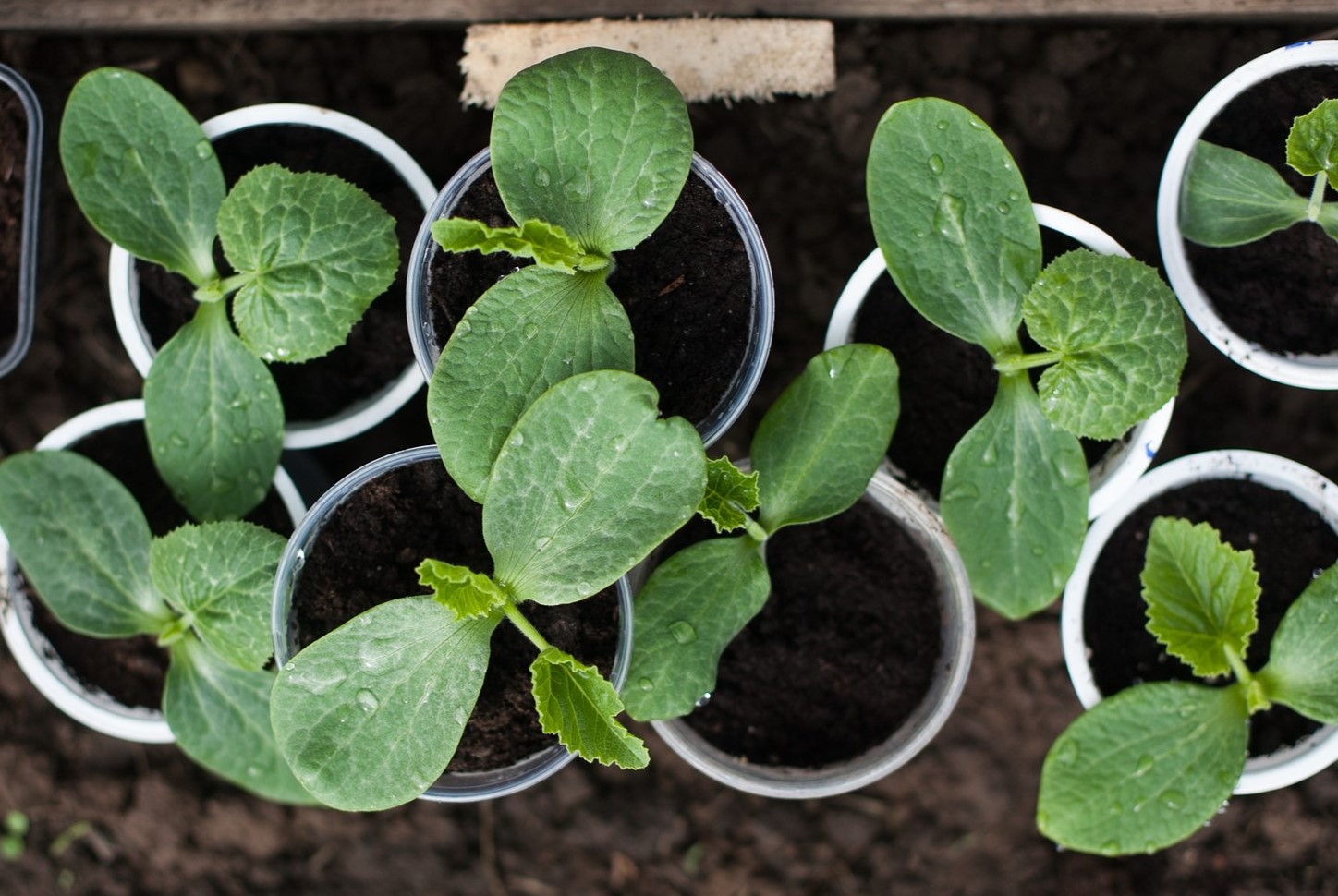
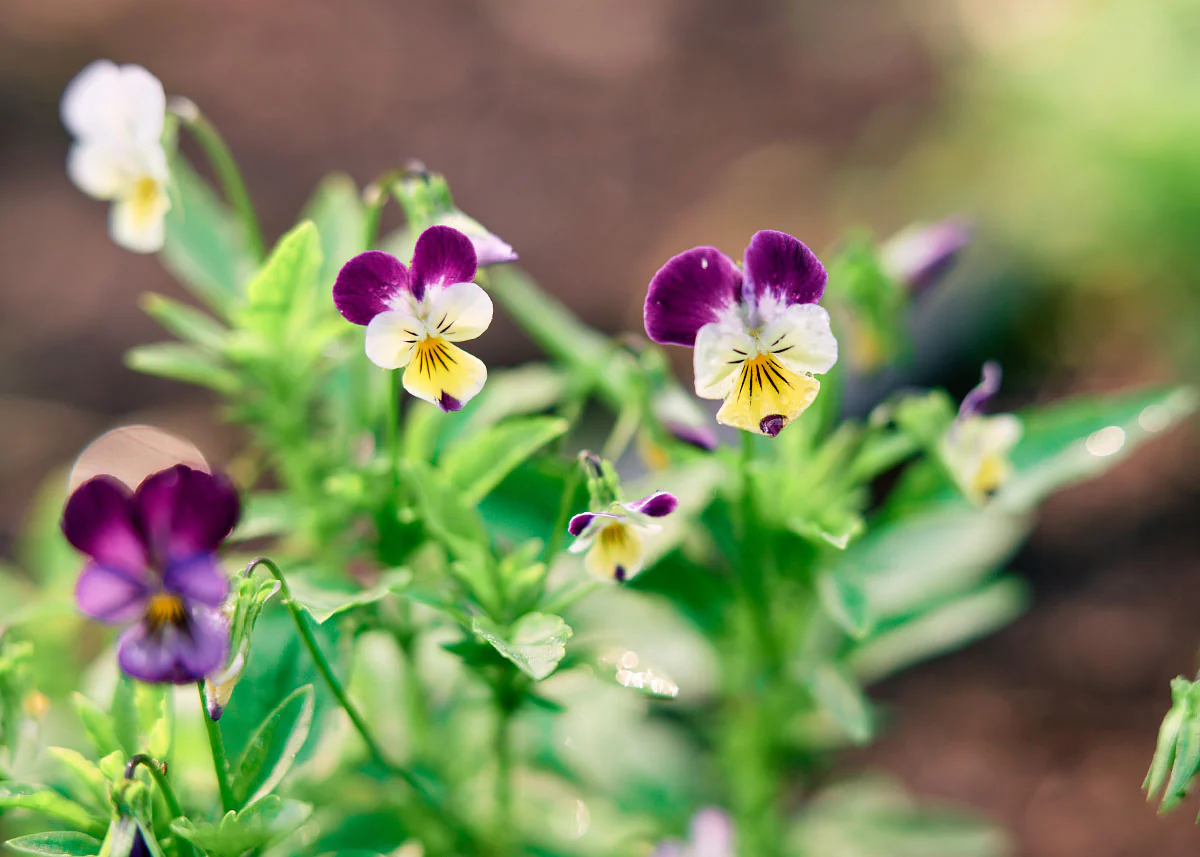
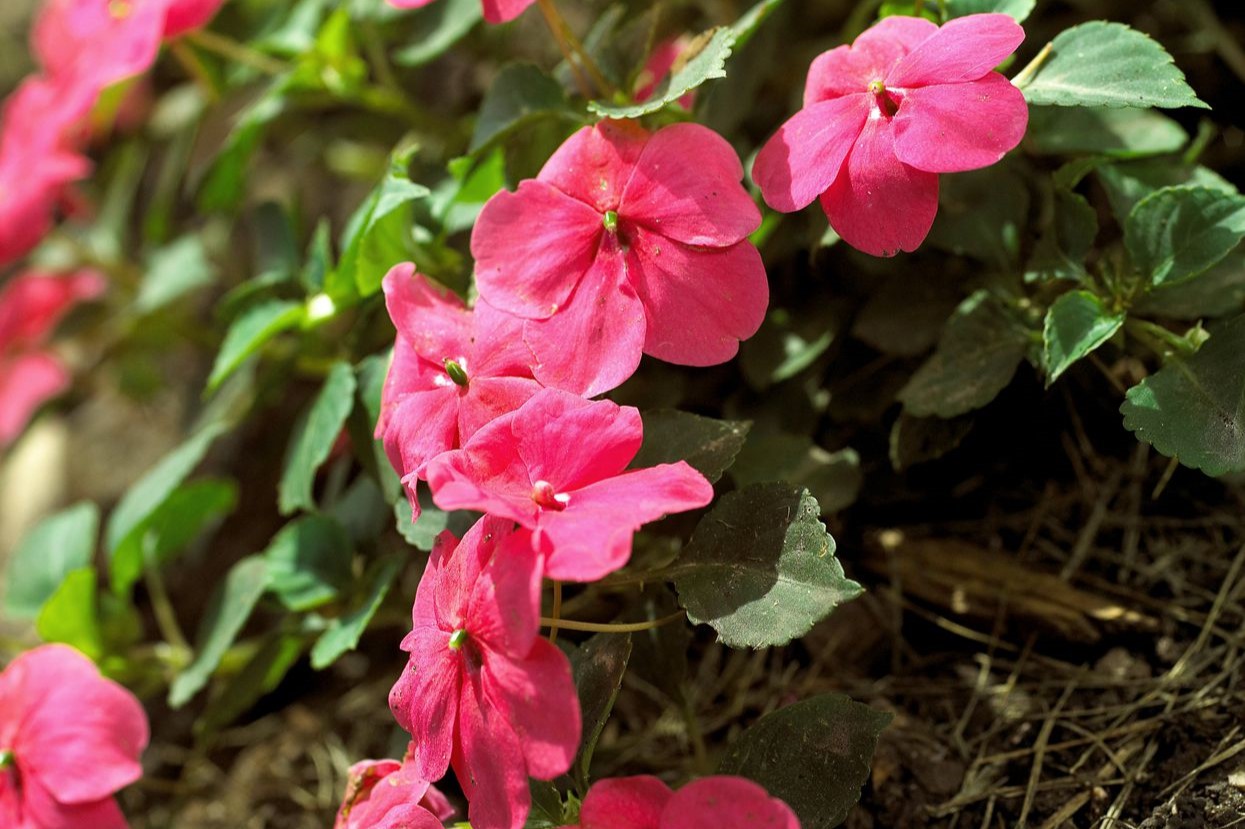
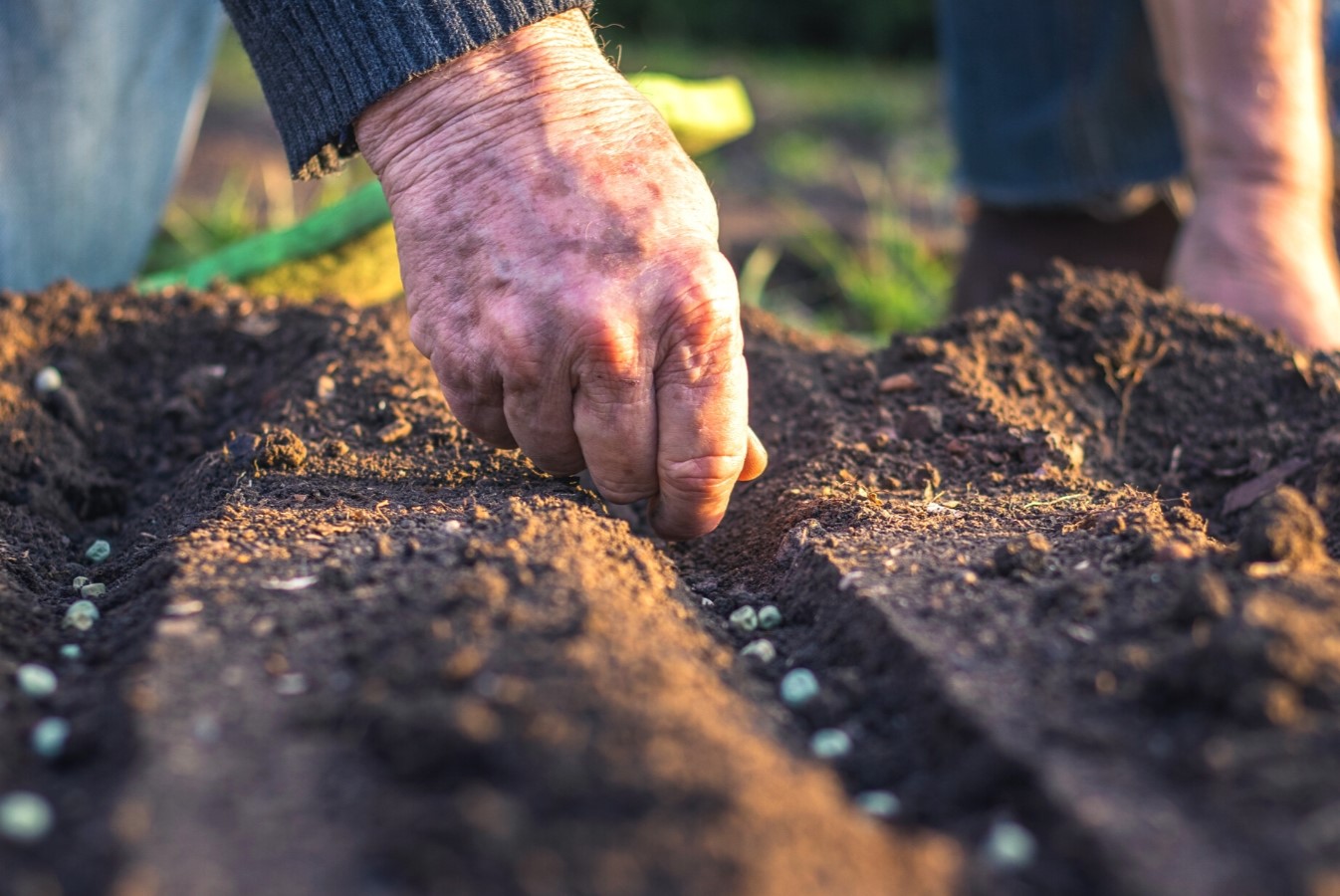
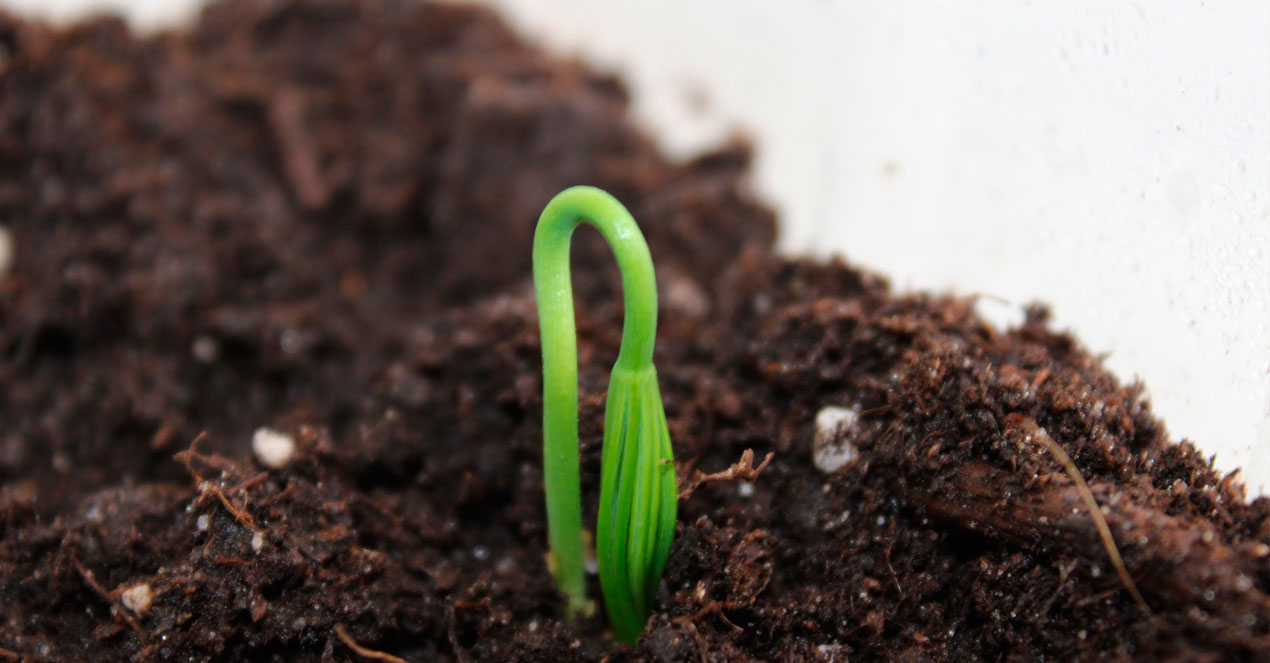
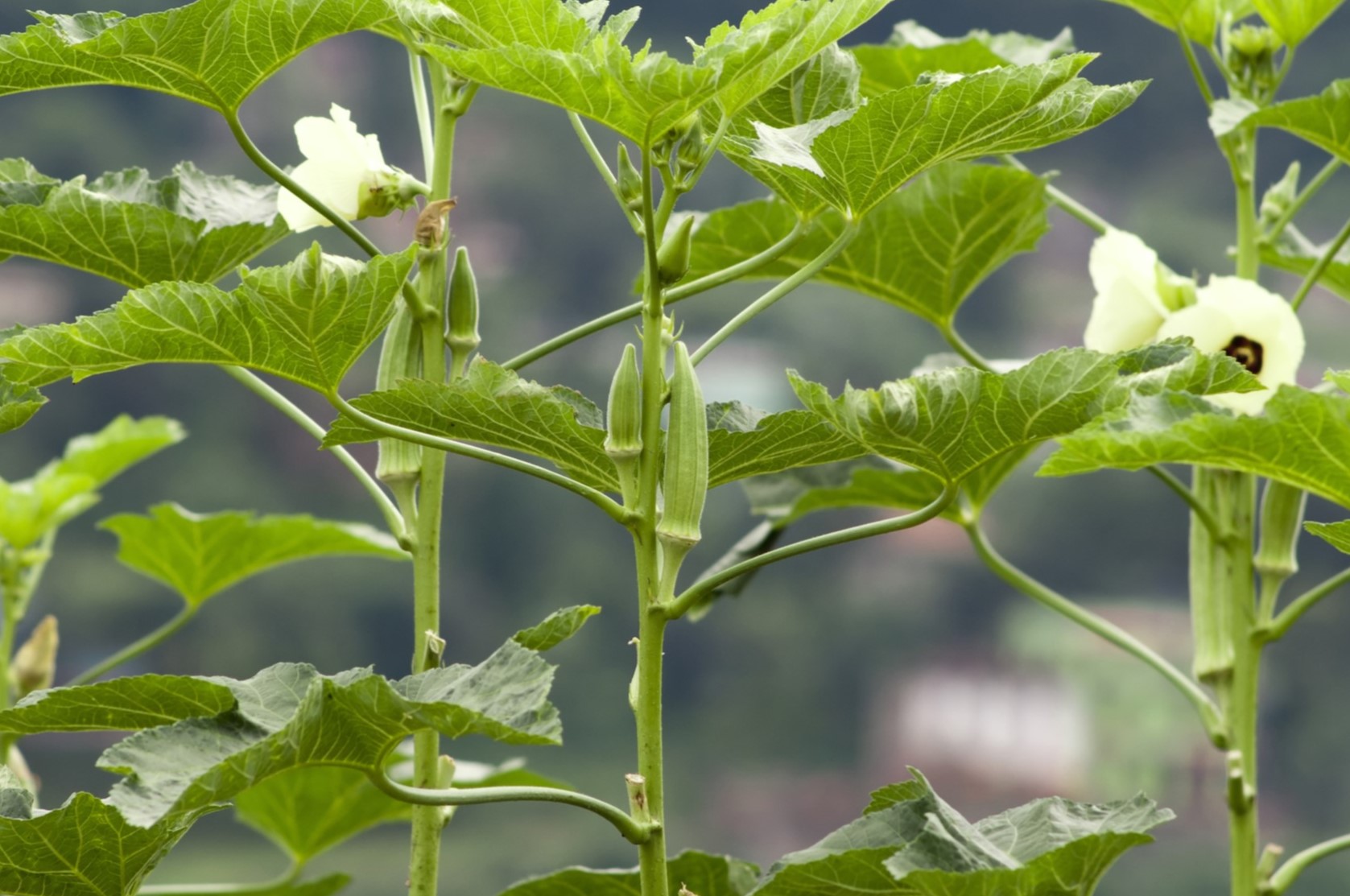
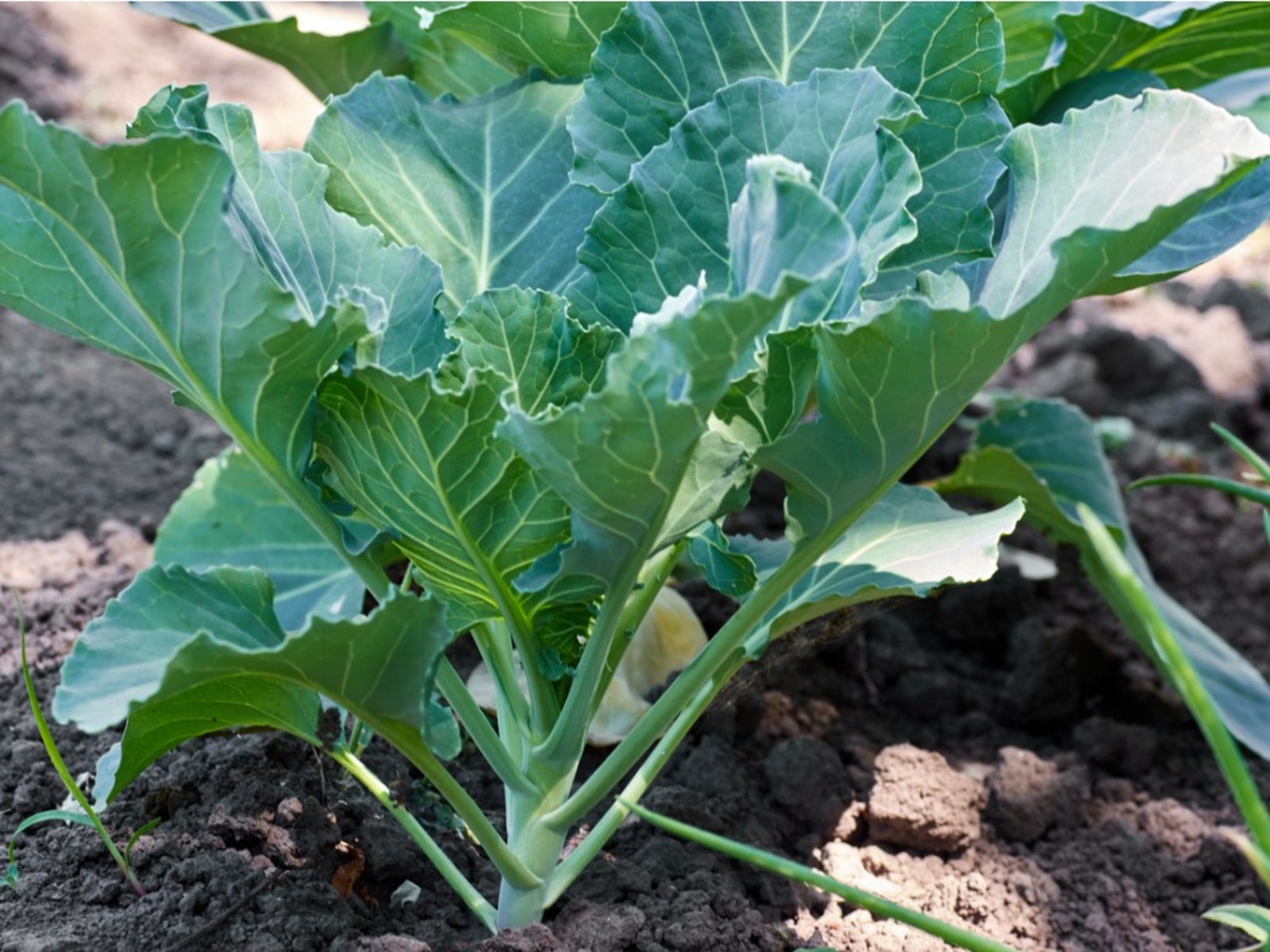

0 thoughts on “When To Plant Zoysia Grass Seed”